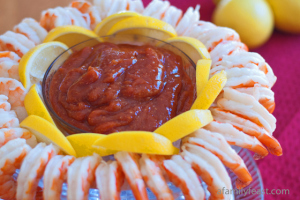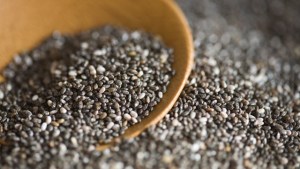
IS TAPIOCA FLOUR PALEO?
ThePaleoList Answers: Is Tapioca Flour Paleo?
When we start down the path of a Paleo lifestyle, it all seems relatively straightforward: eat like a caveman. The longer we adhere to this natural diet, the more we may crave some of our old friends. Remember the soft and chewy texture of bread? The quick and easy convenience of simple carbohydrates? Or what about celebrating yourself or your friends with birthday cake? These are the reasons we see so many “alternatives” popping up in your local Whole Foods. If you don’t want to “cheat” your Paleo lifestyle with grain-based flours, you’re likely turn to things like almond meal, coconut flour and the subject of today’s post, tapioca flour. But is tapioca flour paleo?
What is Tapioca Flour?
Tapioca goes by many, many names. It’s yuca in Peru, cassava in Africa, and manioc in Brazil and Argentina. You might know tapioca in sweet and cloying pudding form, or as a slimy pearl in your Bubble (boba) tea. Tapioca is native to Brazil, where it was likely first domesticated 10,000 years ago. Interestingly, one of the varieties is poisonous when consumed raw, causing a cyanide reaction in the stomach but is completely safe when fully cooked. Nowadays, we are turning to this ancient root vegetable in its flour form as a safe option for those with gluten intolerances and for many following the Paleo diet.
What it is: a root vegetable, the third largest source for carbohydrates in the world, and gluten-free.
What it isn’t: a grain, a legume, a potato, refined, processed, or unnatural.
Tapioca flour and tapioca starch are essentially the same thing. In my experience, Asian type markets and products tend to label it as tapioca starch, while companies such as Bob’s Red Mill tend to label it as tapioca flour, but there really isn’t a difference in the actual products. They are exactly the same.
Tapioca flour is created from the root of the cassava plant, which is native to South America and Africa. It is basically the same thing as tapioca pearls, which are commonly used for pudding, but tapioca flour has been ground into a a flour instead of whole pieces. Tapioca starch or flour adds structure to gluten free baking, which if you’ve ever tried it, is difficult to do. It helps give things you bake a chewy and/or crisp texture, especially in things like cakes and cookies.
When over used in a recipe though tapioca flour can make food slimy and can also add a strong taste to the final product. Most recipes need some tapioca starch, but not too much, and finding that balance can sometimes be hard.
Is Tapioca Flour Paleo?
Tapioca flour is a tricky one, and much like other items on this site it ultimately depends on your personal Paleo choices. For most people, Tapioca/starch and its byproducts are completely acceptable since it doesn’t fall into those categories listed above. You can use tapioca flour to make tortilla-like crepes or pancakes to get a bread fix. Others say it falls into a grey area, especially since it has almost no nutritional value. We say go for it, as does Mark’s Daily Apple, as long as you consume in moderation.
If you’re looking for somewhere to purchase tapioca flour, try HERE.
Are you struggling with which foods are Paleo? Do you need help planning some Paleo meals? Check out this great Paleo cookbook:






